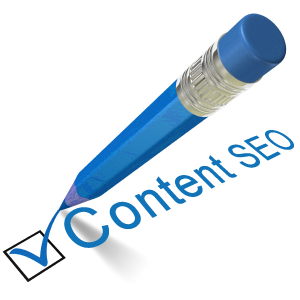To Promote Home page and Subsequent pages
If you want to promote your home page and other subsequent pages, you need concentrate on the followings
Domain, titles, headings and URL
- Content of the web pages
- Navigation and layout of the web pages
- Meta Tags and Robots.txt
- Make others aware of your site
- Keep reminding about your site
- Be updated about traffic and logs of your site
Domain, titles, headings and URL
Domain name is one of most important thing to care about while creating a web page. Although most of the domain names have been taken and it is most difficult to find a domain name of your interest, some sites such as who is will certainly help to get a desired domain name.
It is strongly suggested to keep the domain name precise and easy to remember. It is clever to use the most often used keywords in your domain name, in order to get visibility in the search engine result pages. An ideal domain name shall contain 5 or 6 words the most, and should not exceed that.
The titles of the page, heading and URL may contain appropriate keywords, using which most of the internet users search your product. This process helps the search engines to provide you good importance, while directing using the keywords.
The Webpage contents
Keep all your web pages filled with quality good content. A unique, interesting content with good amount of keywords will help the spiders and crawlers to rate your site first compared to others. The more the web pages you have the more the chances of getting good search engine results. If you have about 10 pages and your competitor has more than 20-25 pages, your competitor has the more chances of getting good results.
Maintain your web pages with fresh catchy contents which attract not only the search engines, but also the potential visitors. Update your website with new contents to get more attraction. Using old contents will lose your glossy look and probably the web traffic too. You can utilize your content in an effective way by providing headings, bold letters, underlines which will help the search engine to prove more prominence.
Your web page navigation
An ideal, attractive, aesthetically well designed website is the one, which is simple and easy to navigate without any difficulties. A research study reveals that an average internet browser spends only about 4 to 5 seconds on a website to decide whether to stay on that or not. That means that your website has to be very simple and easy to use one and provide important information within as less clicks as possible.
It is appreciated if all your web pages are connected to the home page and has good indication system to let the users know exactly where they are in and how to reach other pages from there.
Meta tags and Robots.txt
Meta tags are the text which is included in the source code of the website, which communicate with the search engine crawlers and spiders. It is considered as the essence of each page of the website, which should contain the most important key word of the page to perform well in the search engines.
Robot.txt which is a small coding written on the pages of websites, which tells the search engines what to index from the information available and what not to index. Some sites might carry information, which is only provided for paid visitors. Such information should not be indexed by the search engines. Robot.txt will assist the search engine crawlers and spiders to what to show and what not to show from the available information.
Build useful links
The search engine visibility mostly relies on the amount of links a website has. If a website has the more number of quality links, it tend to achieve good results. Keep your friends, colleagues and acquaintances aware of your website, since this will help your site get good feedback and reciprocal links. Social media are good source to drive good traffic from. You can use the social media to its fullest advantage to spread the word about your site.
Check the traffic and logs of your website
Keep updated of your website and its users often to get good idea of how your website gets traffic and how are your visitors reaching your site. There are plenty of tools available to analyze your website and Google analytics may provide you good idea of how users use your website better than other tools. The result will provide you good perspective that how you can improve your site to retain the visitors, navigation etc.






